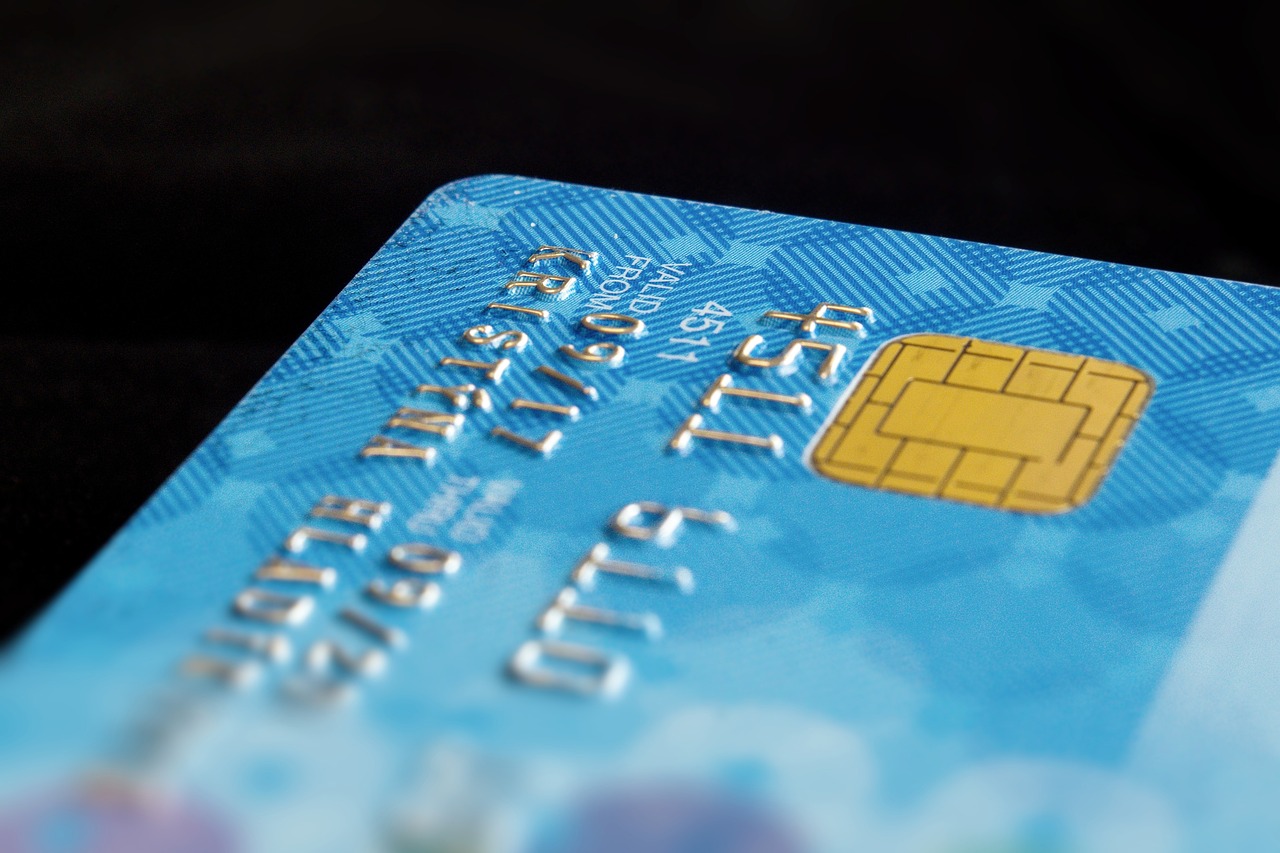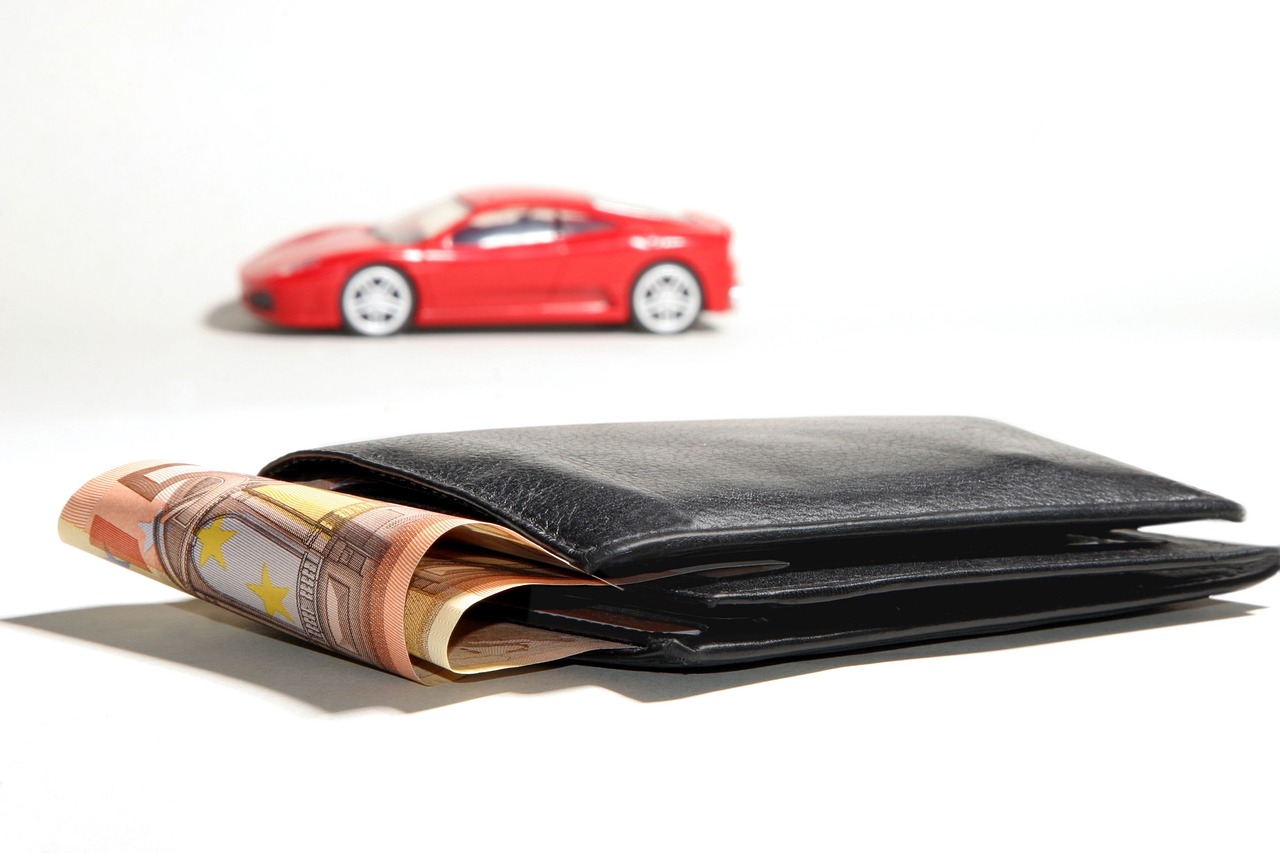How to Get Out of Debt: Proven Strategies for Financial Freedom According to Dave Ramsey
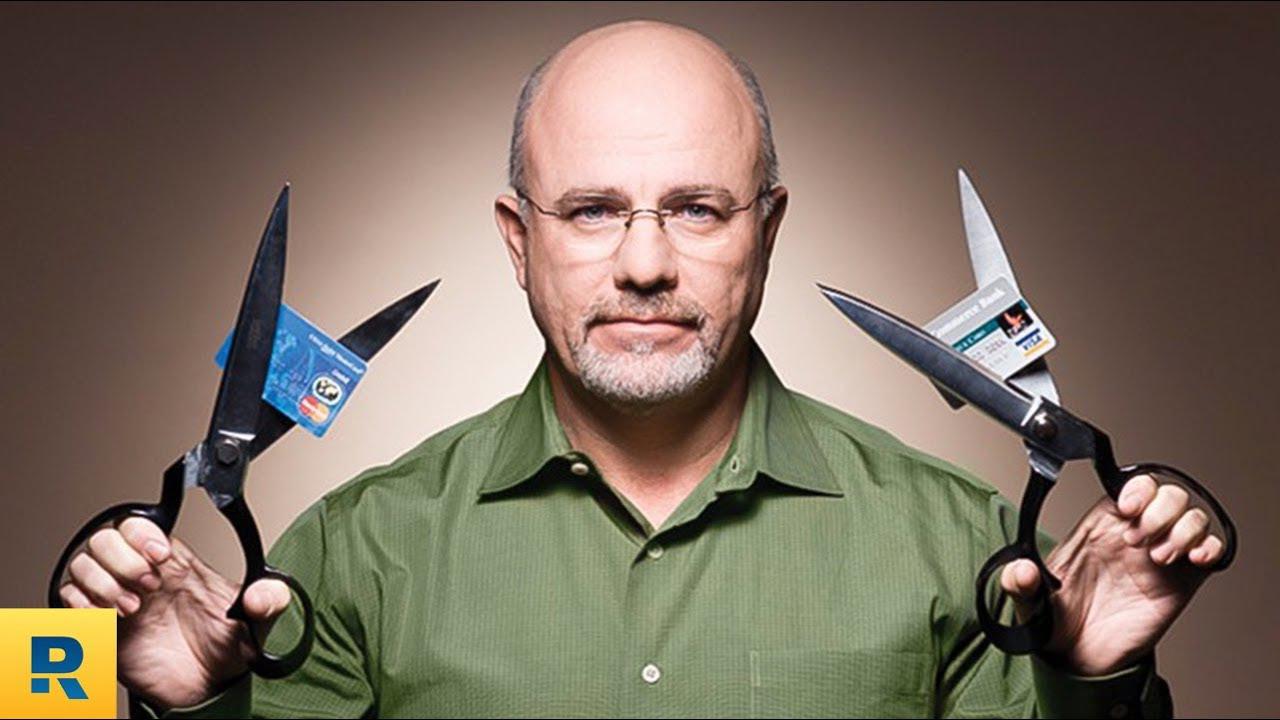
Debt is that thing we all love to hate.
While we hate taking loans, we all know how difficult life would be without it. How would you buy that car you have always wanted? What about that house or that new iPhone everyone is talking about?
Well-managed debt is good.
However, most people today are struggling with mounting debt that ranges from college debt to credit card debt.
Recent studies suggest that many people are living on the edge. A study done a few years ago found that an average American had $15K in credit card debt, $148K in mortgage debt, and $33k in student debt.
The implications of all this are dire. The increasing debt has led to a rise in the number of homeless people, people on food stamps, and sadly, more suicides.
For years, Dave Ramsey has written and talked about money. He is one of the most recognized people in personal finance, and his books are among the best-selling in the category.
Here are the seven baby steps he recommends for people struggling with debt.
Having an Emergency Fund
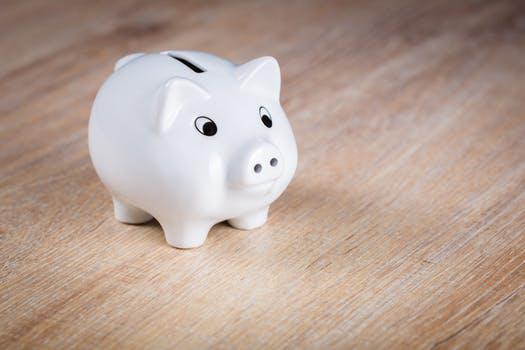
Can you afford money to fix an emergency plumbing issue in your house? What if you need to change your car tire immediately or if you need to take your kid to see a doctor?
Sadly, most people in the country today cannot afford these costs comfortably. A recent report showed that almost 50% of us could not provide $400 for an emergency.
To get out of debt, Dave recommends that you set aside at least $1,000 for emergency purposes. To raise the money, he suggests that you sell items you don’t need.
You will be surprised how much money you raise. That old TV or refrigerator you rarely use can fetch you good money at eBay or Letgo.
Pay Off Debt
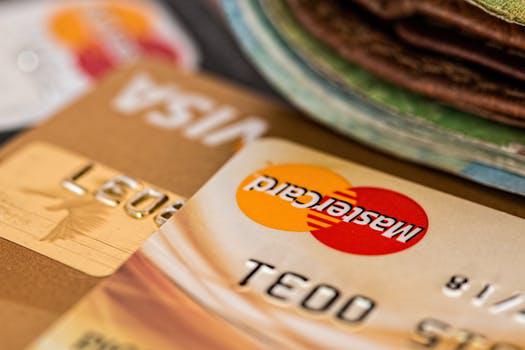
Now that you are in debt, Dave recommends that you try your best to start paying it off. He suggests that you list all your debt, and then start paying off the smallest. If you have two debts with similar payoffs, he recommends paying the one with the highest interest rates first.
How then do you pay off this debt?
To do this, you need to first adjust your life. If you live in a huge house, downsizing can be an ideal thing to do. By moving to a smaller home, you will save hundreds of dollars every month.
Second, you can give up some luxuries. For example, you can sell your car and save an average of $400 every month in car payments. You can sell your pet and save more than $300 every month. Instead of paying people to do your laundry, you can do it yourself and save hundreds of dollars every month.
In this page, you can read the 25 ways of paying the debt recommended by Dave.
Growing Your Savings
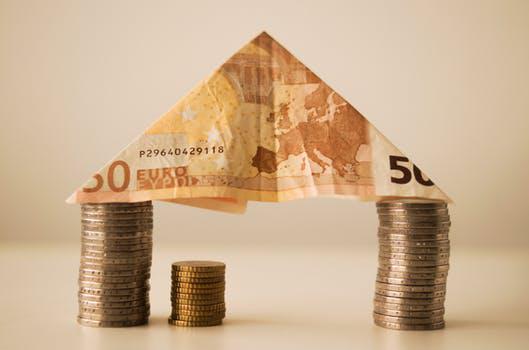
After paying off your debt or after coming up with a solid plan to do that, you should now focus on growing your savings.
The ideal thing to do here is to estimate how much money you need for between three and six months. To most people, that is between $10k and $15K.
Having this emergency fund will help you live comfortably, even when you are laid off from work.
In this step, Dave recommends that you start doing other things to help you make money. For example, you can be an occasional Uber driver and make about $1,000 a month, a part-time graphic designer and make about $1000 a month, a writer, and even a trainer.
Doing these simple errands will always support your regular income and give you the peace of mind you need.
Invest 15% of Income to Retirement

Now that you have cleared your debt, and have in place a three to six-month savings, you should now start thinking about your retirement.
To do this, Dave suggests that you set-up a fund for your retirement. Every month, you can deposit a minimum of 10% of your income towards this fund. You should use this money to match your company’s 401(k) plans and then Roth IRAs. Also, you should spread your investments across the four common types of mutual funds: growth, aggressive growth, growth and income, and international.
Doing all this will help you retire with hundreds of thousands of dollars.
College Fund for Children

By now, you have cleared your debts, set up an emergency fund, and started saving for retirement. Now is the time to start a college fund for your children.
Since college tuition is rising and you want to take your kids to the best colleges, a college fund will help you a lot.
An excellent way to start is to open a 529 college savings fund or the Coverdell ESA. These plans incentivize parents to start saving for their kid’s college by providing tax advantages.
You should do your research about such savings and those provided in your state.
Pay Off Your Home

In the baby step number 2, the focus was on all debt, apart from the home.
Now that your finances are in order, you should start focusing on your home payment. A good way to do this is to restructure your mortgage payments. For example, if you have a 30-year mortgage plan, you can bring it down to 15-year fixed interest plan.
This will increase your monthly contributions to the home but, in the end, it will save you thousands of dollars.
Give
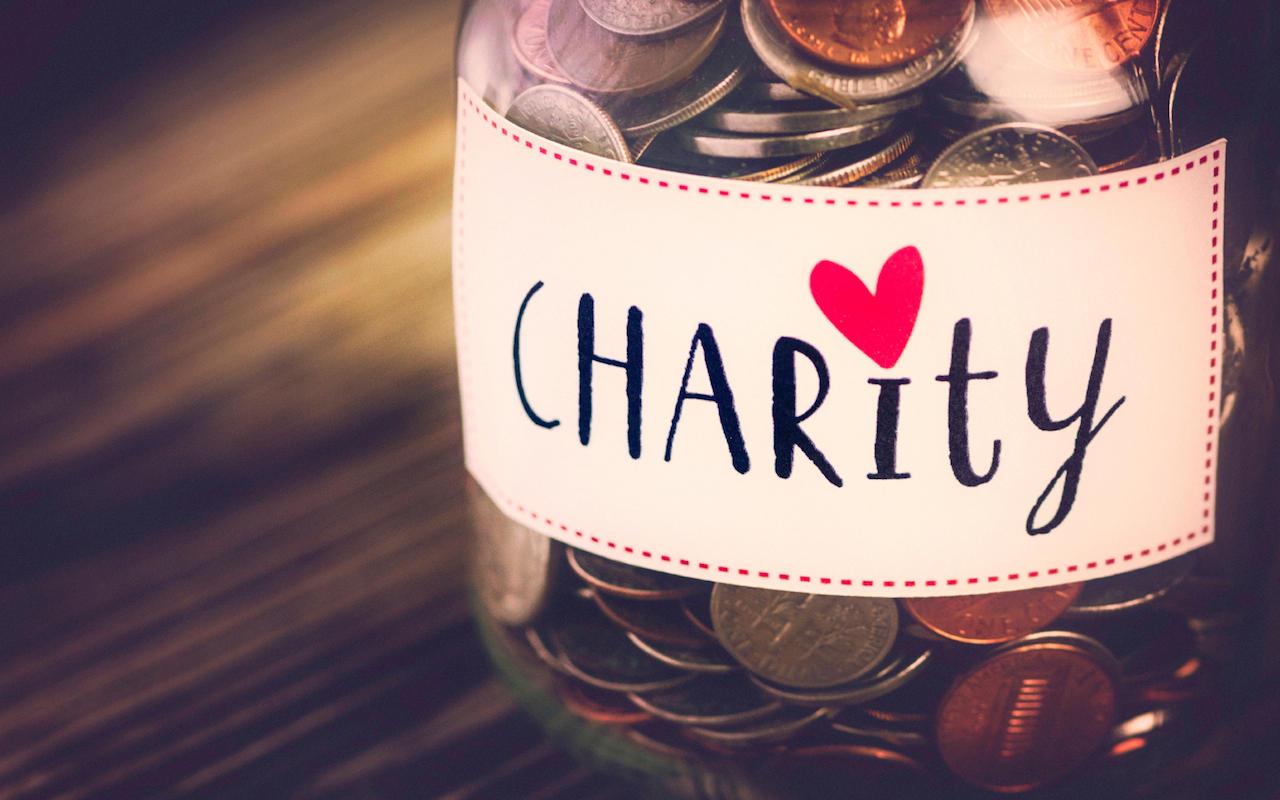
This is the most important step in your financial freedom journey. Often, it has the most fun.
After settling your debt and setting your finance in order, you should now consider setting aside a small percentage of your funds to charitable giving.
The percentage you give should depend on your monthly income.
Always remember, even a $20 monthly donation can go a long way to provide support to people in need.
Takeaway
Getting into debt is often fun. Paying it is usually the tough part.
By carefully planning your finances, you will be in a better position to get out of debt, plan for your retirement, and give to needy people.




